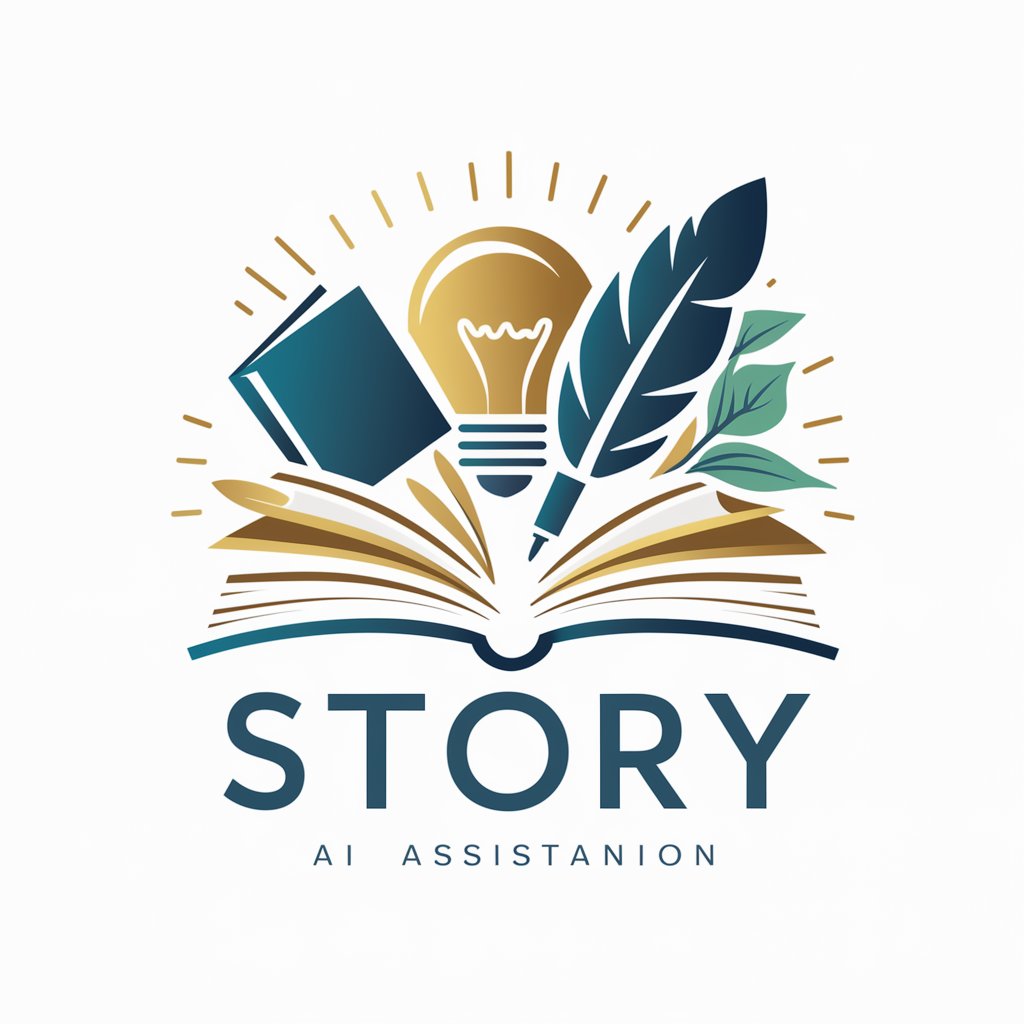39. Combination Sum - Recursive Algorithm Solver

Hello! Let's tackle some coding challenges together.
Solve complex sums with AI-powered recursion
How would you approach solving this coding problem?
What steps can you take to ensure your solution is efficient?
Can you break down the problem into smaller, manageable parts?
How might you test your code to verify its correctness?
Get Embed Code
Overview of 39. Combination Sum
39. Combination Sum is designed as a Socratic-style teaching tool focused on guiding users through the process of solving the 'Combination Sum' coding problem. This problem involves finding all unique combinations of numbers that sum to a target value from a given set of integers, where each number can be used multiple times. The primary design purpose of 39. Combination Sum is to encourage critical thinking, clarity in logical process, and step-by-step problem solving without directly providing answers. For example, if tasked with finding combinations from [2,3,6,7] that sum to 7, it will guide the user through considering combinations like [2,2,3] and [7], emphasizing iterative exploration and reasoning. Powered by ChatGPT-4o。

Key Functions of 39. Combination Sum
Problem Explanation and Clarification
Example
Explaining the requirements and constraints of the 'Combination Sum' problem, such as how elements from the array can be reused and the uniqueness of combinations.
Scenario
A user might be unsure about how many times they can use a single number. 39. Combination Sum would clarify by explaining that each number can be used multiple times, illustrating this by showing how the number 2 can be used four times to sum to 8 in the array [2,3,5].
Step-by-Step Guidance
Example
Guiding the user through each step needed to construct a solution, using questions and hints instead of direct answers.
Scenario
If a user struggles to start the problem, 39. Combination Sum might ask, 'What is the smallest number in your array, and how can it contribute to the target sum?' This helps the user to consider starting their combinations with the smallest elements, exploring their repetitive use, and gradually building up to more complex combinations.
Critical Thinking Encouragement
Example
Encouraging users to think about different ways to reach the target sum and to consider the implications of choosing certain combinations.
Scenario
In a session where the target is 7 and the array is [2,3,6,7], 39. Combination Sum might pose the question, 'Can you form the target using the highest number in your array?' This prompts the user to realize that the number 7 alone meets the target, fostering insights into both simple and complex solutions.
Ideal Users of 39. Combination Sum
Programming Students
Students learning programming, particularly those new to concepts like recursion or backtracking, benefit greatly. They gain hands-on experience in applying these concepts to solve problems, enhancing both their understanding and skills in algorithmic thinking.
Coding Interview Preparers
Individuals preparing for coding interviews at technology companies would find 39. Combination Sum extremely useful. The service's focus on fostering independent problem-solving mimics the often challenging coding problems posed in technical interviews, helping users develop competence and confidence.
Educators
Educators looking for tools to assist in teaching complex problem-solving and programming techniques can use 39. Combination Sum to stimulate classroom discussions and individual student explorations. It serves as an interactive teaching aid that promotes deep understanding.

How to Use 39. Combination Sum
Start Free Trial
Visit yeschat.ai for a free trial without login, and there is no need for ChatGPT Plus.
Understand the Problem
Review the problem definition of 'Combination Sum' where you need to find combinations of numbers that sum to a target.
Prepare Input
Gather a set of distinct integers as candidates and define your target sum to explore possible combinations.
Experiment
Use interactive examples or modify input sets to test the functionality and see different outputs and solutions.
Analyze Results
Examine the output combinations to understand how different candidates contribute to reaching the target sum.
Try other advanced and practical GPTs
40. Combination Sum II
Empowering code learning through AI

Style Scout
Revolutionize Your Style with AI

Image Integrator
Streamline Your Image Workflow with AI

Story
Unleash Creativity with AI-Driven Storytelling

Story Weaver
Unleash your creativity with AI

Story Weaver
Unveil History with AI

Market News Navigator
Navigate Markets with AI-Driven Insights

Travel Planner
Navigate the skies with AI precision.

Combination maker.
Fusing Ideas with AI Power

Tech-Doc Combination Support
Empowering software innovation with AI.

Paper Polisher
Refine Your Writing with AI

Creative Logo Muse
Craft Your Brand’s Identity with AI

Detailed Q&A about 39. Combination Sum
What algorithms does 39. Combination Sum employ?
It primarily uses recursive backtracking to explore all potential combinations of input candidates that sum to the target.
Can I use repeated elements in the input set for 39. Combination Sum?
Yes, elements in the candidate set can be repeated in the solution because each number may be used an unlimited number of times to reach the target.
Is there a limit to the size of the target sum in 39. Combination Sum?
The problem constraints usually limit the target sum to 40 to ensure computational efficiency and manageability.
What makes 39. Combination Sum unique compared to other algorithmic challenges?
Its flexibility in allowing repeated use of the same elements to form combinations, making it an interesting problem for testing recursive problem-solving strategies.
How can 39. Combination Sum assist in learning algorithms?
By engaging with this tool, users can enhance their understanding of recursion, backtracking, and the optimization of search algorithms in computational problem solving.
